Sydney Opera House at 50: See what Australia’s best-known building could have looked like
On October 20, 1973 — exactly 50 years ago this Friday — the Sydney Opera House was opened to great fanfare by the late Queen Elizabeth II.
Completed a decade late and vastly over-budget, the unusual-looking building was not an immediate hit with Australians. Yet, in the decades since, its striking shell-shaped roof helped it become an architectural icon and an UNESCO World Heritage Site that attracts over 10 million visitors a year.
How different things might have been.
Danish architect Jørn Utzon’s successful proposal was just one of 233 entries in an international design competition. Launched in 1955 by New South Wales premier Joseph Cahill, who was a long-time advocate of transforming the site of an old tram depot into an opera house, the contest attracted participants from over 30 different counties.
A document outlining the competition criteria, known as the “Brown Book,” described certain architectural requirements: The building would, for instance, need a main hall capable of accommodating 3,000 to 3,500 people (though the final building has a capacity of under 2,700) and parking space for 100 cars. The document also addressed issues like ventilation and exit passageways. But, otherwise, designers were encouraged to indulge their imaginations — with organizers setting no limit for how much money proposals might cost to realize.
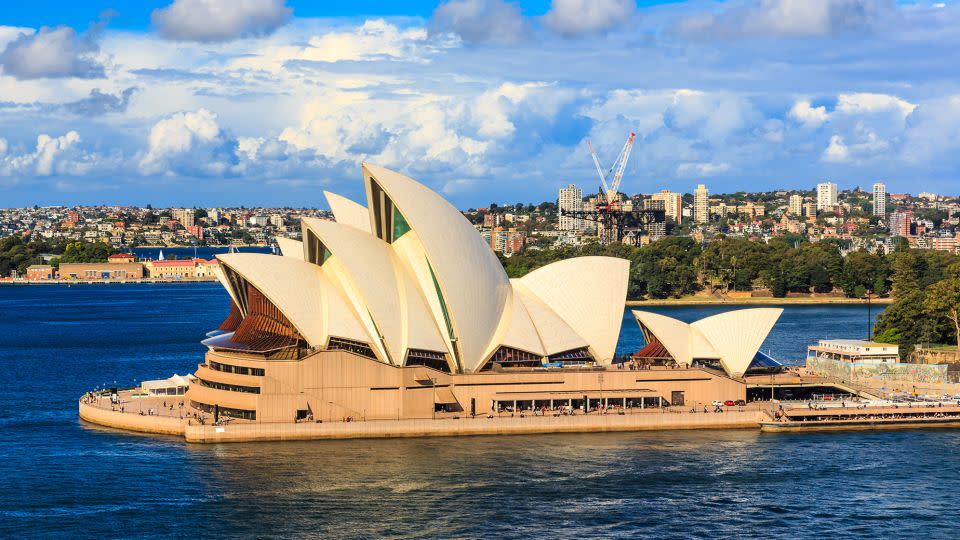
Entrants were asked only for black and white drawings, including floor plans and diagrams, as well as a report that “should be as concise as possible, explaining only matters which cannot be readily explained on the drawings,” the Brown Book reads. So, in 2019, creative studio NeoMam Studios and now-defunct architecture firm Projection Comunicación Arquitectónica set about researching the entries and visualizing, in full color, how some of the proposals might have looked.
They picked seven from the 232 unsuccessful entries — a selection process based both on the merits of the submissions and the amount of information available to researchers.
“Some of them had a story, some of them were ones we knew we could do a good job with, and some were ones where we thought, ‘It would have been hilarious if they’d chosen something like this,’” NeoMam Studios’ CEO, Gisele Navarro, recalled in a phone interview with CNN.
And while Navarro concludes that competition judges ultimately “made the right choice,” she applauded some of the entrants’ “blue-sky thinking.”
Quite how close any of these alternatives came to winning may be lost to history. But legend has it that Utzon’s winning design was initially dismissed, only to be saved from the reject pile by Finnish American architect Eero Saarinen, one of the judges.
Here are seven of the alternative designs that didn’t make the cut:
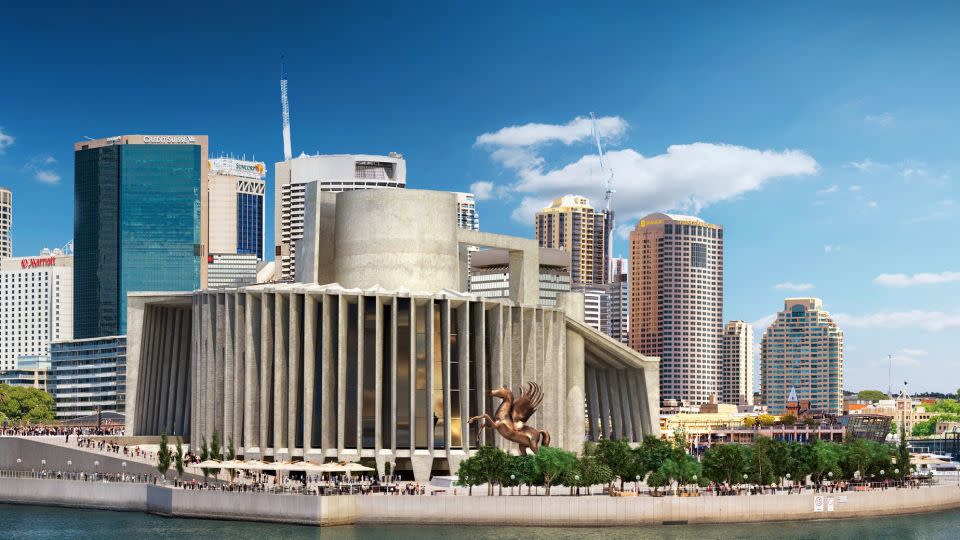
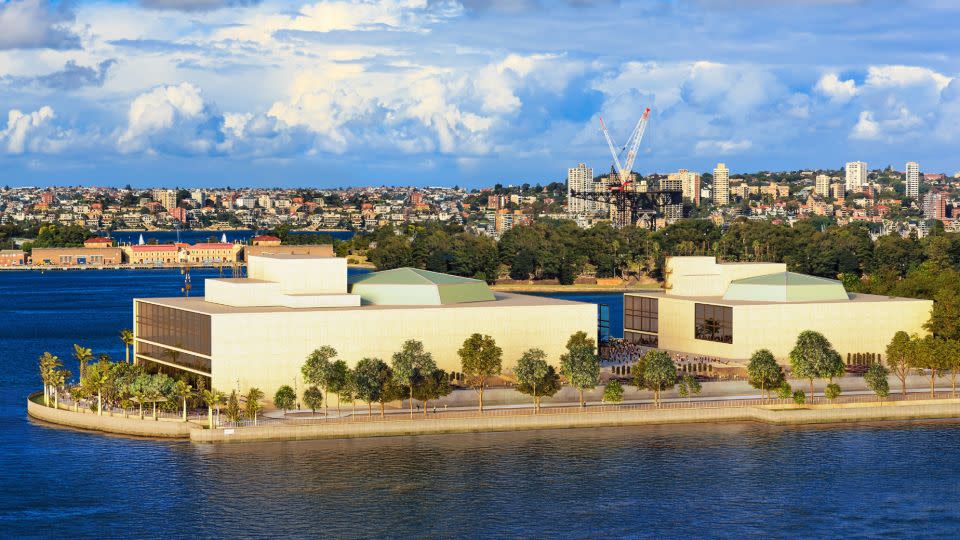
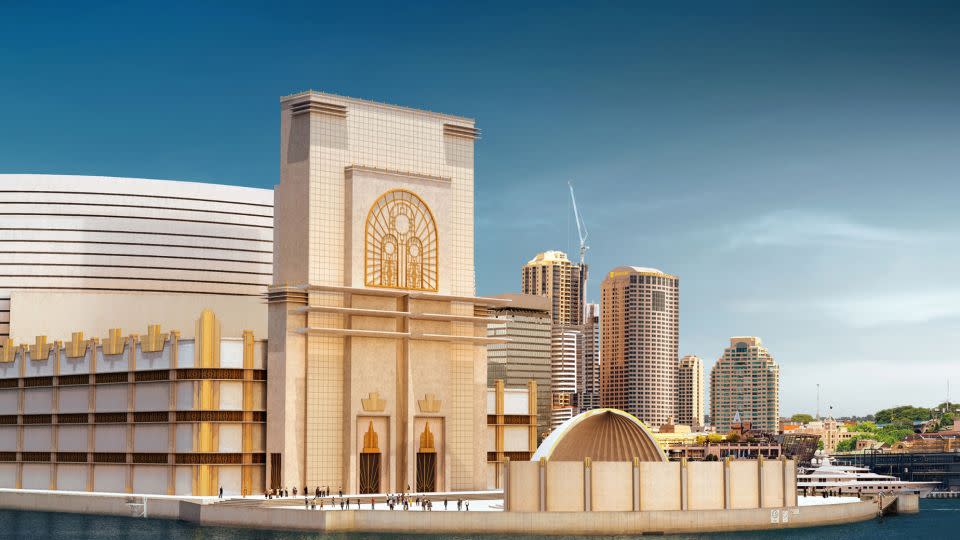
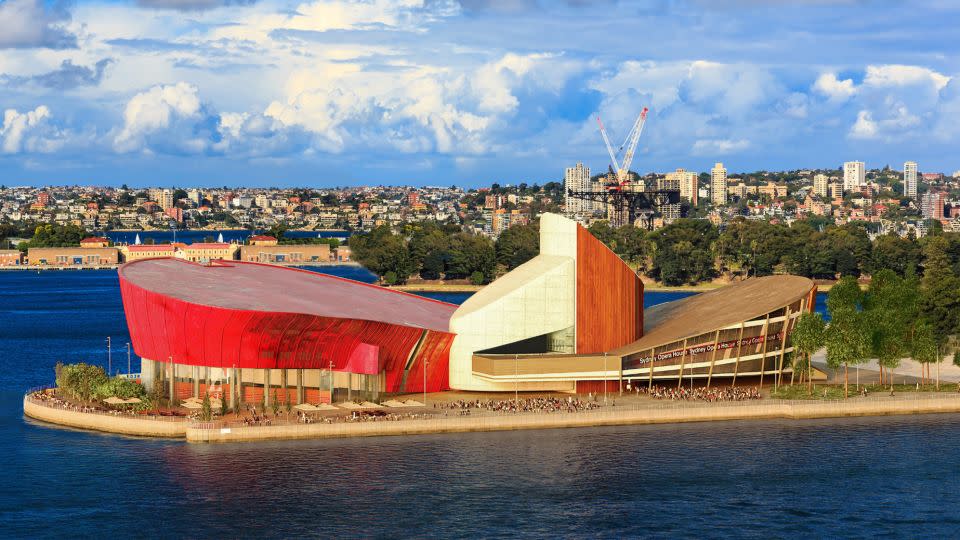

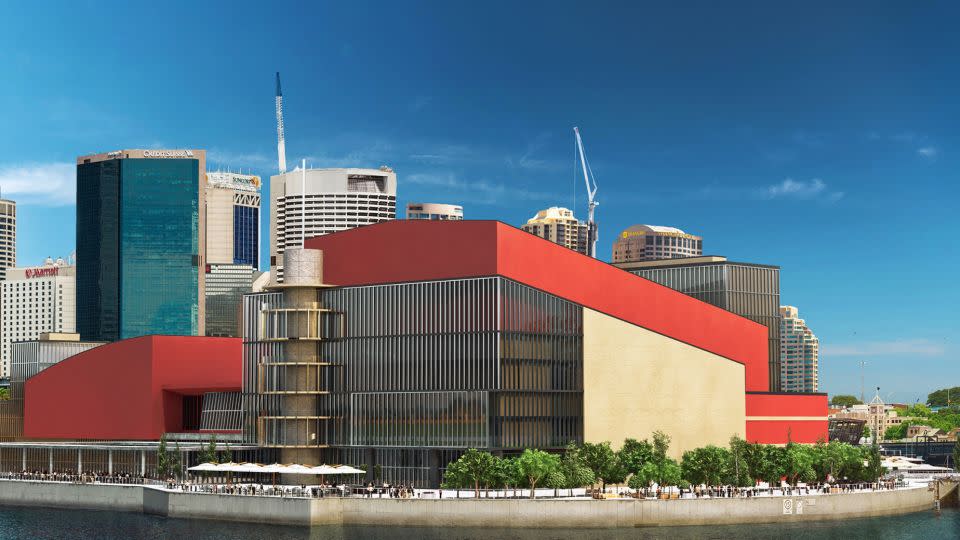
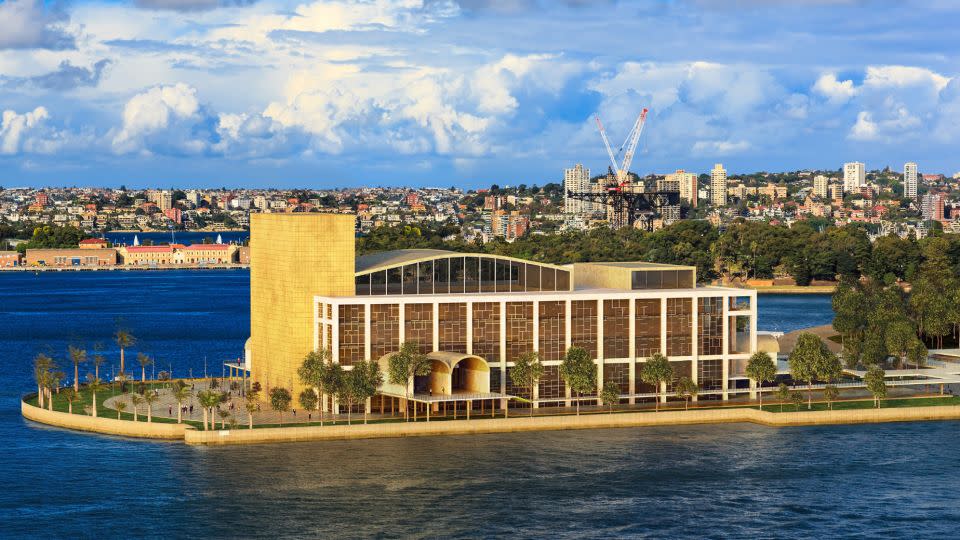
For more CNN news and newsletters create an account at CNN.com

